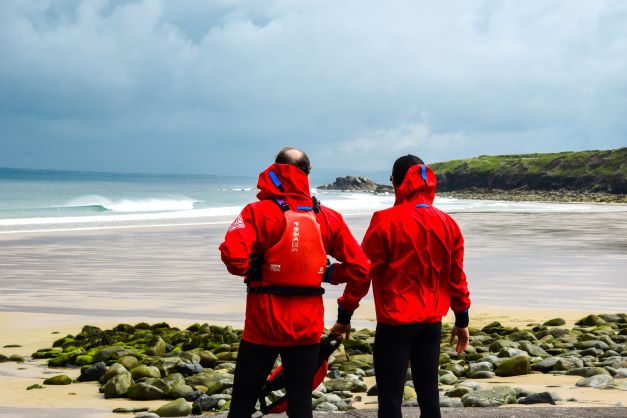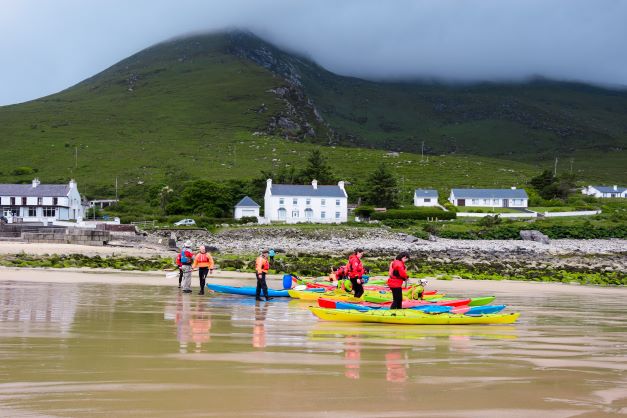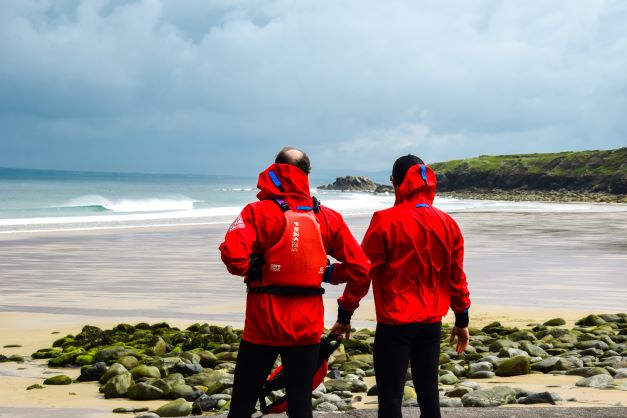We use cookies to improve our services. Read more about how we use cookies and how you can refuse them.
BeActive...BeOutdoors...BeInspired
Report into good and inspiring practice on sustainability and environmental education information found in outdoor sports federations’ websites.
The SEE project seeks to better understand the interaction of outdoor sports in natural environments, and how these sports may impact on these wild places. It also seeks to identify current good practice within the sporting sector, which will help in developing resources and methodologies part of an educational toolkit to share knowledge and promote environmental responsibility by outdoor sports practitioners.

The first work package of the SEE Project (WP1) analysed the challenges of sport in nature and the current developments in environmental education for outdoor professionals. The final report from WP1 provides information on how visible environmental and sustainability issues are on federations’ websites and as to how well these are communicated. To determine best practice examples, the partners agreed to analyse websites and information (within their countries and other countries) that tend to use the natural environment. Outlined below is the list of sports and activities that lie within the ENOS definition of Outdoor Sports (referenced in the full report).
Table 1 List of sports and activities that lie within the ENOS definition of outdoor sports
|
Adventure racing |
Open Water swimming |
|
Angling |
Orienteering |
|
Canoeing and kayaking |
Rafting |
|
Canyoning |
Rock Climbing |
|
Caving |
Rowing |
|
Coasteering |
Sailing |
|
Cycling including mountain biking |
Snow sports |
|
Dog sledding |
Stand Up Paddleboarding |
|
Equestrian |
Sub aqua / diving |
|
Hang gliding / paragliding |
Surfing |
|
Hiking |
Survival training/bushcraft |
|
Kite surfing |
Triathlon |
|
Mountaineering |
Wind surfing |
In the examination of websites there were two criteria that the partners looked for:
1. Was there any information on environmental or sustainability issues or the natural environment and associated impacts of the sport on the website at all?
2. If there was information to this effect was it consistent with the SEE project’s statement on sustainability and environmental education?
In the examination of the websites, it was clear that some sports are providing good quality information, reports, calls to action or mechanisms to share environmental and sustainability issues.
Partner countries analysis:
Of the 200 websites examined a total of 95 (48%) federations had any form of sustainability or environmental information and of these 95, there were 60 (31% of all federations’ websites) that were consistent with the SEE project statement in terms of the information being about impacts or issues facing the natural environment and on how this is communicated and included in education.
Other countries:
On examination of the websites – not every single aspect of the statement had to be encompassed to be included but it certainly had to contain elements of how the information is being communicated to or engage with members. Of the 231 websites examined only 43 (19%) had any form of sustainability or environmental education information and of these 43 only 16 (7% of all federations’ websites) were consistent with the statement in terms of the information being about impacts or issues facing the natural environment and on how this is communicated.
The findings of this report can be used as a reference and inspiration for other sporting organisations to develop their own sustainability and environmental practices internally.
 English
English English
English



